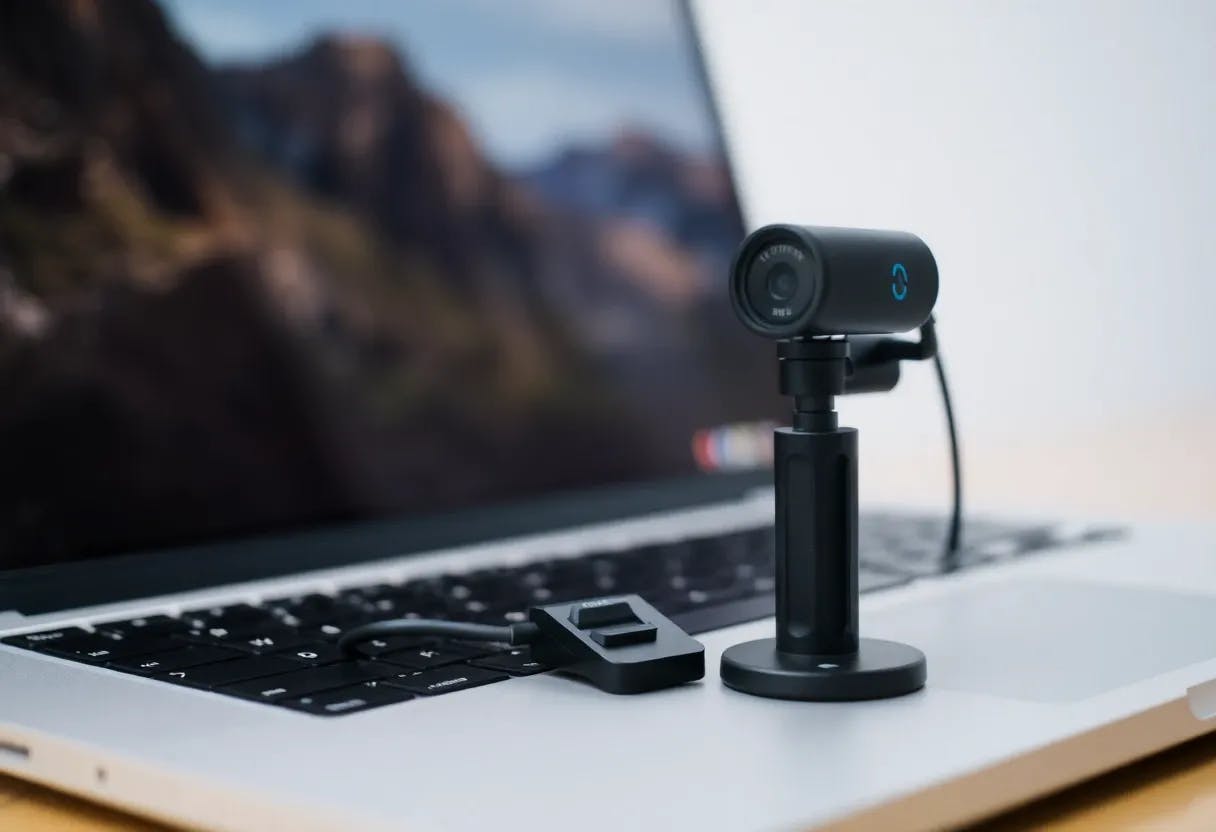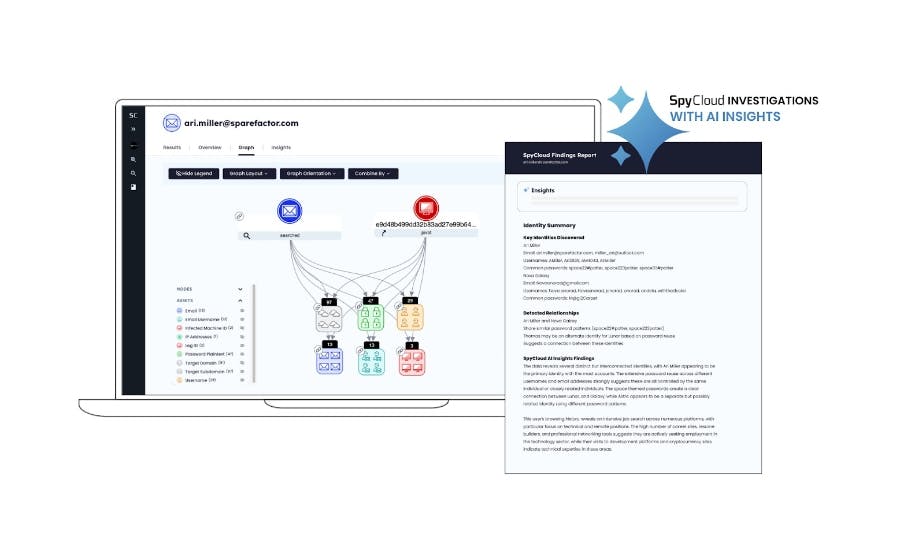Scroll through any social feed, and you’ll see it: video content is everywhere. And for good reason—it’s one of the simplest ways to grab attention, explain your message, and drive action.
But here’s the catch—just hitting record isn’t enough. With audiences getting savvier and content marketing platform algorithms constantly shifting, a high-performing video needs more than good lighting and decent sound. You need a clear marketing strategy, the right tools, and a solid understanding of what actually works.
This guide’ll walk you through the complete marketing video production process—from planning and scripting to shooting, editing, and publishing.
You’ll also find practical tools for video production project management and best practices to help you create videos that not only look great but actually convert.
Marketing Video Production: Steps, Tools & Best Practices
⏰ 60-Second Summary
- Marketing video production is about creating videos with a purpose—boosting brand awareness, generating leads, or driving conversions
- Steps to create a marketing video
- Pre-production planning: Set clear goals, know your audience, script and storyboard your video, and prepare your team and equipment
- Production phase: Capture high-quality footage with proper lighting, sound, and multiple takes that match the script’s tone
- Post-production and editing: Edit for clarity, add graphics and sound, color-correct, optimize for platforms, and test across devices
- Tips for effective marketing video production
- Start with strategy
- Hook viewers in the first 5 seconds
- Write scripts conversationally
- Keep it short and focused
- Design for sound-off viewing
- Show, don’t tell
- Subtle branding wins
- End with a clear CTA
- Test versions
- Optimize for the platform
What Is Marketing Video Production?
Marketing video production is the process of creating videos to promote products, services, brands, or ideas. The primary goal of these videos is to engage, inform, influence, or persuade an audience.
What makes these video journeys different is intent. They’re built with strategy and content marketing KPIs in mind, optimized to perform, and tied to goals like brand awareness, lead generation, or conversions.
👀 Did You Know? According to an MIT study, the human brain can recognize and respond to images in just 13 milliseconds—that’s how fast you need to make an impression. That speed and impact are exactly why marketing videos have become essential.
Steps to Create a Marketing Video
Creating a marketing video is a structured process that balances creativity with strategy. Here’s how a marketing video production workflow typically breaks down:
🎬 Pre-production planning
This is where the groundwork happens—and it’s arguably the most critical phase. A solid pre-production plan keeps everything on track and prevents costly mistakes later.
Key steps in pre-production include:
- Define your goal: Are you looking to increase signups, drive traffic, or improve brand awareness? Every decision from here on should align with this goal
- Know your intended audience: Understanding who you’re speaking to helps you shape the tone, messaging, and format
- Choose the format: Will this be a corporate video, live-action video, animation, or a mix? Short-form or long-form? The platform also matters—YouTube, Instagram, or LinkedIn?
- Write the script: A tight, engaging script is critical for professional videos. Keep it concise, focused, and conversational
- Create a storyboard or shot list: This helps visualize the scenes and plan transitions, camera angles, and pacing
- Assemble your team and gear: Whether the marketing video production will be in-house or outsourced, confirm who’s doing what—director, camera operator, editor, etc. Sort out your equipment and location permissions, too
- Schedule the shoot: Factor in time for setup, retakes, and unexpected delays. You can also try free content calendar templates for this
📮 Insight: 1 in 4 employees uses four or more tools just to build context at work. A key detail might be buried in an email, expanded in a Slack thread, and documented in a separate tool, forcing teams to waste time hunting for information instead of getting work done.
converges your entire workflow into one unified platform. With features like Email Project Management, Chat, Docs, and Brain, everything stays connected, synced, and instantly accessible. Say goodbye to “work about work” and reclaim your productive time.
💫 Real Results: Teams are able to reclaim 5+ hours every week using —that’s over 250 hours annually per person—by eliminating outdated knowledge management processes. Imagine what your team could create with an extra week of productivity every quarter!
🎬 Production phase
This stage of marketing video production is where the cameras roll and the plan comes to life. Your focus here should be on capturing high-quality visuals and sound while sticking to your storyboard template or shot list.
Important production elements include:
- Lighting: Natural light works well, but make sure your subject is clearly lit and that shadows are controlled
- Audio quality: Bad audio will kill a good video. Use lapel mics or boom mics instead of relying on your camera’s built-in mic
- Composition: Frame your shots thoughtfully. Follow the rule of thirds, keep backgrounds clean, and ensure your subject is in focus
- Performance and pacing: Whether it’s a presenter, actor, or customer, make sure the delivery is clear, natural, and aligned with your tone
- Multiple takes: Shoot more than you think you need. It gives you options in editing and can save you from costly reshoots
🧠 Fun Fact: Video marketers get 66% more qualified leads per year and achieve a 54% increase in brand awareness compared to those who don’t use video.
🎬 Post-production and editing
Once the footage is captured, it’s time to bring it all together and polish it for final delivery.
Post-production steps include:
- Edit for clarity and flow: Trim the fat, tighten the pacing, and make sure the story moves logically and quickly
- Add graphics and text: Use lower-thirds, callouts, or animated titles to emphasize key points and improve viewer comprehension. You can even try AI video generators for stunning content
- Incorporate music and sound design: Background music sets the mood, while sound effects can add polish and impact
- Color correction and grading: Ensure consistency across scenes and apply a color grade that suits your brand style
- Optimize for platform: Different platforms have different specs, such as aspect ratio, duration, and thumbnail requirements. Export accordingly
- Test and tweak: Test your video on different devices and platforms before publishing. Make final adjustments based on feedback to create videos tailored for the target audience
Let’s be real—modern video marketing isn’t just about crisp editing and cinematic transitions. It’s about speed, collaboration, and keeping your creative energy focused on the message.
AI-powered video editors have made marketing video production faster than ever, helping you churn out high-quality edits in minutes instead of hours.
But as the editing side gets easier, the production side often becomes chaotic. Deadlines slip, feedback gets lost, and teams talk past each other.
That’s where you need more than an editing tool. You need the everything app for work—. It connects scripts, shoots, edits, approvals, and campaigns into a single, clean workflow. Here’s how:
Project management, but designed for creatives

Video production isn’t linear. You’re juggling dozens of tasks across multiple timelines, and things shift a lot. That’s where ’s Project Management features shine.
You can create custom statuses that reflect your process, like ‘Script Review,’ ‘Footage In,’ or ‘Waiting on Voiceover,’ instead of being stuck with generic labels.
Automations handle repetitive actions for you, like assigning editors, notifying producers, or moving tasks forward once something’s approved—no need for manual updates.
Different roles need different perspectives, and the video production project management features support those. Your editor might prefer a List View to track clips, while your campaign manager can use Calendar or Gantt views to plan launches and deadlines.
You also get dependencies and milestones, so no one accidentally jumps into post-production without the right footage locked in.
When it comes to team capacity, the Workload View clearly shows who’s overloaded and who might have time for one more promo edit this week. It’s flexible, visual, and built for how video teams work.
As Page Olver, Release Train Engineer at Yoga International, puts it:
Real-time collaboration, without the chaos


No more digging through email threads or vague messages like “Use the second version from last week.” Make feedback loops tight and transparent with ’s Collaboration features. They are built so you can focus on moving projects forward instead of chasing clarity.
With task-specific comment threads, you can keep conversations organized and context-rich, complete with time-stamped notes that make it clear exactly what’s being discussed. You can upload raw footage or draft edits directly to tasks, making it easy for clients or teammates to review and respond without switching platforms.
‘Proofing Mode’ also lets you comment right on specific video frames or thumbnails, so there’s no confusion about what needs to be changed.
And if you need someone’s input, just @mention them—whether a teammate or an external collaborator—to bring them into the conversation instantly.
👀 Did You Know? can help boost collaboration effectiveness by up to 30%.
Brain: The AI assistant that gets video marketing


Brain isn’t just for writing emails—it’s built to support creative workflows from start to finish. Think of it as a strategist, copywriter, and content assistant all rolled into one smart panel. This assistant’s ready to jump in whenever you need a creative boost!
Need a high-converting video ad script? Brain can draft it in your brand voice, saving you time while keeping messaging consistent. If you’re stuck on the concept, it can help you brainstorm fresh ideas and templates for content writing based on your audience, product, or campaign goals—no more staring at a blank page.
Once your long-form content is ready, Brain can quickly repurpose it into short-form video scripts, captions, or even structured outlines. This helps you get more value from every piece of content without starting from scratch each time.
Clips: Record, explain, share—in seconds


Need to show your editor how you want that product demo flow to work? Clips makes it easy and saves you from explaining the same thing ten different times. It’s perfect for walkthroughs, edit reviews, or quick tutorials that must be clear and visual.
You can instantly record your screen, with or without audio, depending on what works best for the task. While recording, you can annotate or narrate to highlight key moments or explain specific steps as you go—no need for follow-up questions.
Once done, you can attach the video directly to a task, keeping everything in context and eliminating confusion. It’s a fast, effective way to communicate visually.
Seamless integrations with your video stack


connects seamlessly with tools like Adobe Premiere Pro, After Effects, Frame.io, Google Drive, and more, so your entire production workflow stays connected and efficient, minus any app-jumping. These Integrations make it easier to work across platforms without breaking your creative flow.
You can sync and edit files and project assets directly, ensuring everyone has access to the latest version. Automations help speed things up, too—for example, triggering review tasks as soon as a new draft is uploaded, so no step gets missed.
Version history, feedback, and approvals stay centralized within , even when your content creation workflows are on other platforms.
’s video production project templates
Start with a solid foundation using the Video Production Template, built specifically for media teams. It’s got everything mapped out:
- Pre-production checklists (briefs, scripts, mood boards)
- Production scheduling with assigned roles and due dates
- Post-production tasks for editing, voiceovers, reviews, and uploads
- Status tags like ‘Needs Footage,’ ‘Ready for Review,’ and ‘Published’ so no one’s guessing
If you’re running videos as part of larger campaigns, use the Content Marketing Plan Template to align video timelines with blog posts, social media calendars, and paid ad launches.
Marketing-specific workspaces that actually make sense


’s Marketing workspace is designed with both creatives and marketers in mind, so no one has to oversimplify their work just to stay aligned.
You can view campaign timelines using Gantt charts for high-level planning or Kanban boards for day-to-day execution. It’s flexible enough to fit how your team naturally works.
You can also set goals and OKRs tied to real outcomes, such as views, leads, or conversions, so your creative output stays connected to performance.
🧠 Fun Fact: Cartoon Network doubled its output in 50% less time using for its marketing workflows.
Tips for Effective Marketing Video Production
Here are proven tips to help you make videos that stand out and convert:
1. Start with strategy, not style
It’s tempting to jump into visual ideas and effects, but always start by asking the following questions:
- What’s the goal of this video?
- Are you trying to generate leads, build trust, or drive product signups?
- Or can a social media template sort things out for you?
The answers will guide everything—from your script and tone to your call-to-action and distribution plan.
2. Hook your audience in the first 5 seconds
People scroll fast. If your video doesn’t grab attention immediately, you’ve lost them. Open with a compelling hook—a bold statement, a surprising stat, or a question your audience relates to. Avoid long intros or brand logos up front.
Stick to one core message per video. As a general guide:
Consider splitting your story into a video series if it needs more time.
💡 Pro Tip: Use jump cuts, movement, trendspotting at work, or captions early on to hold attention, especially for social media video content.
3. Write as you talk
Your script should sound like a human, not a brochure. Ditch jargon when you write the script for a video. Keep sentences short. Make it conversational and direct, especially if a person on camera will deliver the video.
💡 Pro Tip: Read the script out loud. If it feels unnatural or stiff, revise.
4. Design for sound-off viewing
Many people watch videos with the sound off, especially on mobile. Use captions, on-screen text, and visual storytelling to ensure your message still comes across.
At the same time, don’t neglect audio—your voiceover, background music, and effects still matter to those watching with sound.
5. Show, don’t just tell
Use visuals to demonstrate value. Don’t just say your product is easy to use—show someone using it in real-time.
Visual proof builds credibility faster than claims alone. It also makes your content more memorable.
6. Use branding subtly and smartly
Your logo doesn’t need to be in every corner. Instead, focus on brand tone, colors, and voice in your creative briefs. Let viewers connect with the story first. You’ll earn more trust and still be memorable.
7. End with a clear call to action
Be clear and specific. Don’t assume the audience will just know what to do. Every marketing video should drive the viewer to do something next:
- Visit a landing page
- Sign up for a trial
- Book a demo
- Share the video
8. Test different versions
Don’t rely on a single edit. Try different intros, CTAs, or video lengths—and test them with your audience. Even small changes can lead to significant performance gains.
💡 Pro Tip: A/B test your thumbnails, captions, and hooks on platforms like YouTube and Facebook Ads.
9. Optimize for each platform
One size doesn’t fit all. Tailor your videos for where they’ll be hosted:
- Instagram Reels/TikTok: Vertical, fast-paced, subtitle-heavy
- YouTube: Horizontal, higher production value, longer format
- LinkedIn: Professional tone, benefit-driven messaging
- Email embeds: Short, informative, autoplay thumbnails
Expert advice on video creation from Chris Cunningham, who leads social media marketing at .


The best video marketers aren’t just fast editors—they’re smart producers. With , you don’t just hit publish. You hit every deadline, nail the message, and stay ahead of the curve.
From pre-production briefs to post-launch feedback, everything lives in one place—organized, accessible, and tailored to your team’s workflow.
No more guessing who’s doing what or where a project stands. Just clear timelines, smooth collaboration, and fewer last-minute scrambles.
gives your team custom task boards, dynamic timelines, proofing tools, and real-time updates—all in one platform.
Whether you’re juggling client feedback, managing assets, or syncing with editors, keeps your entire production pipeline moving without the mess.
Ready to ditch scattered tools and chaotic handoffs? Build your video production HQ in .
Sign up for free on !


Everything you need to stay organized and get work done.













